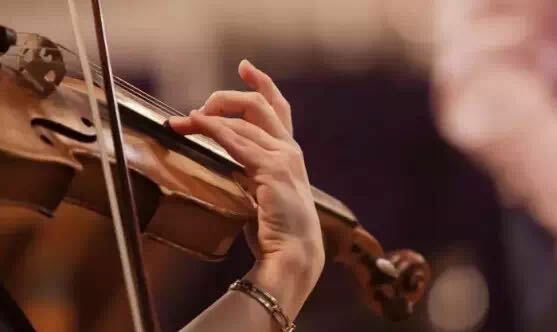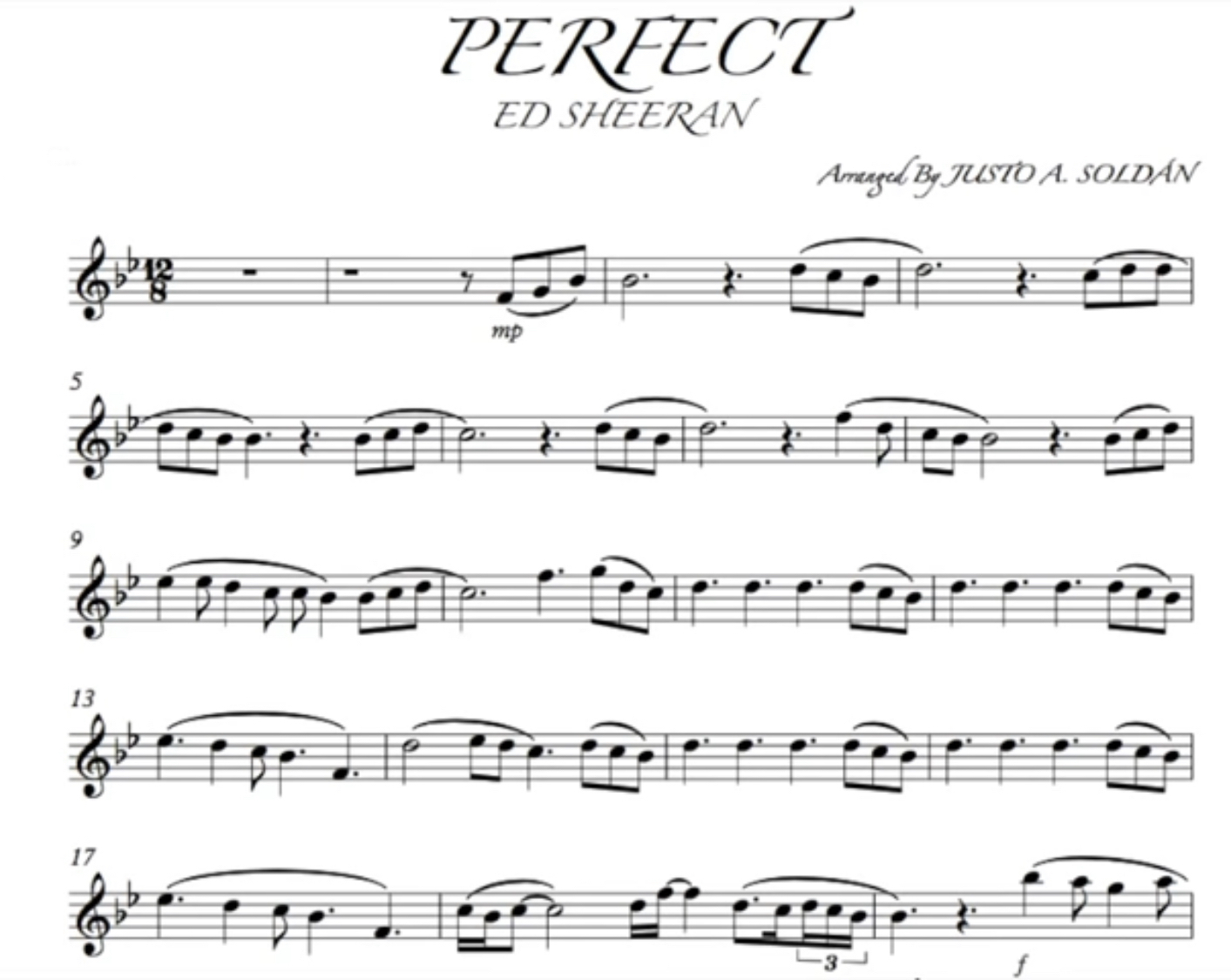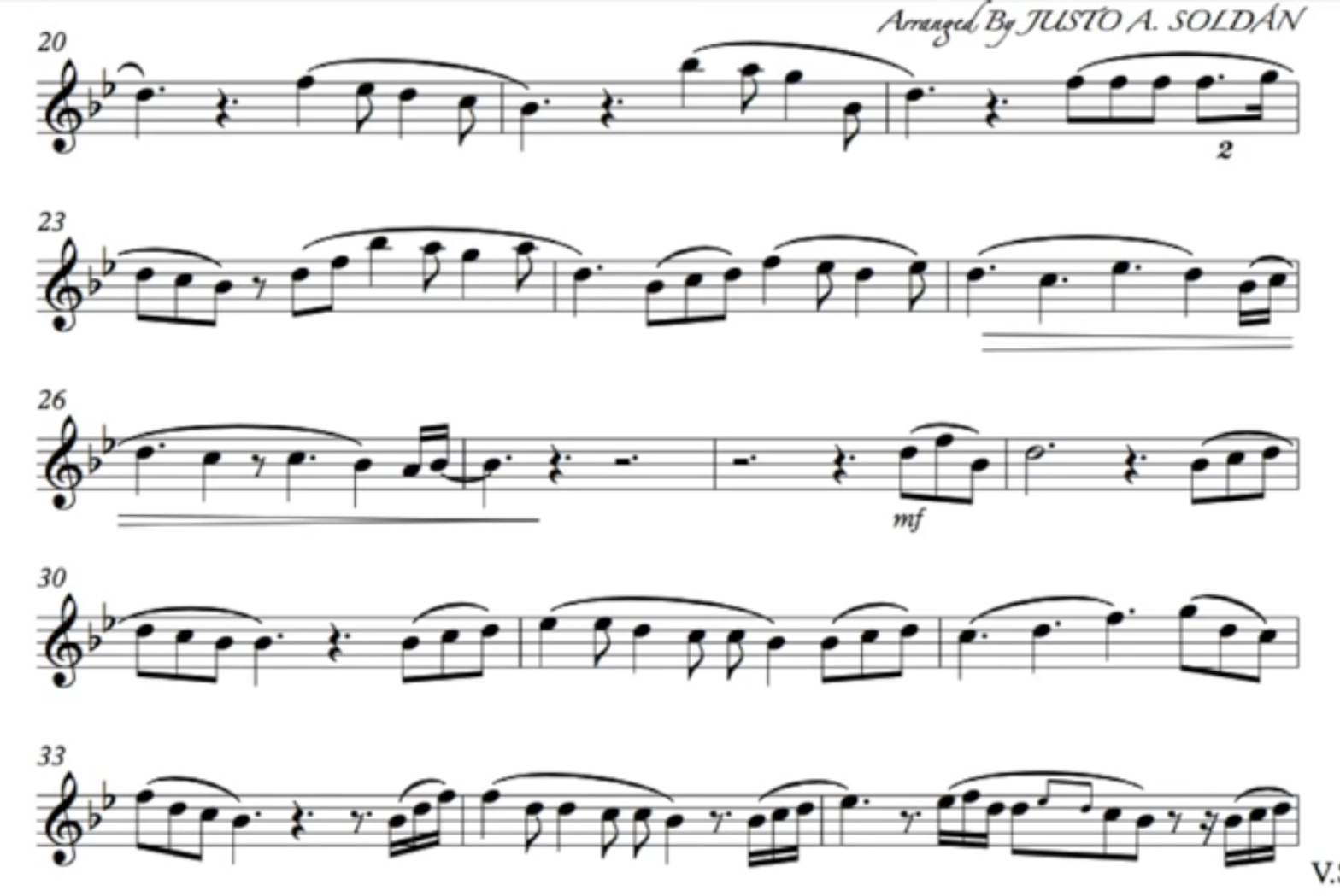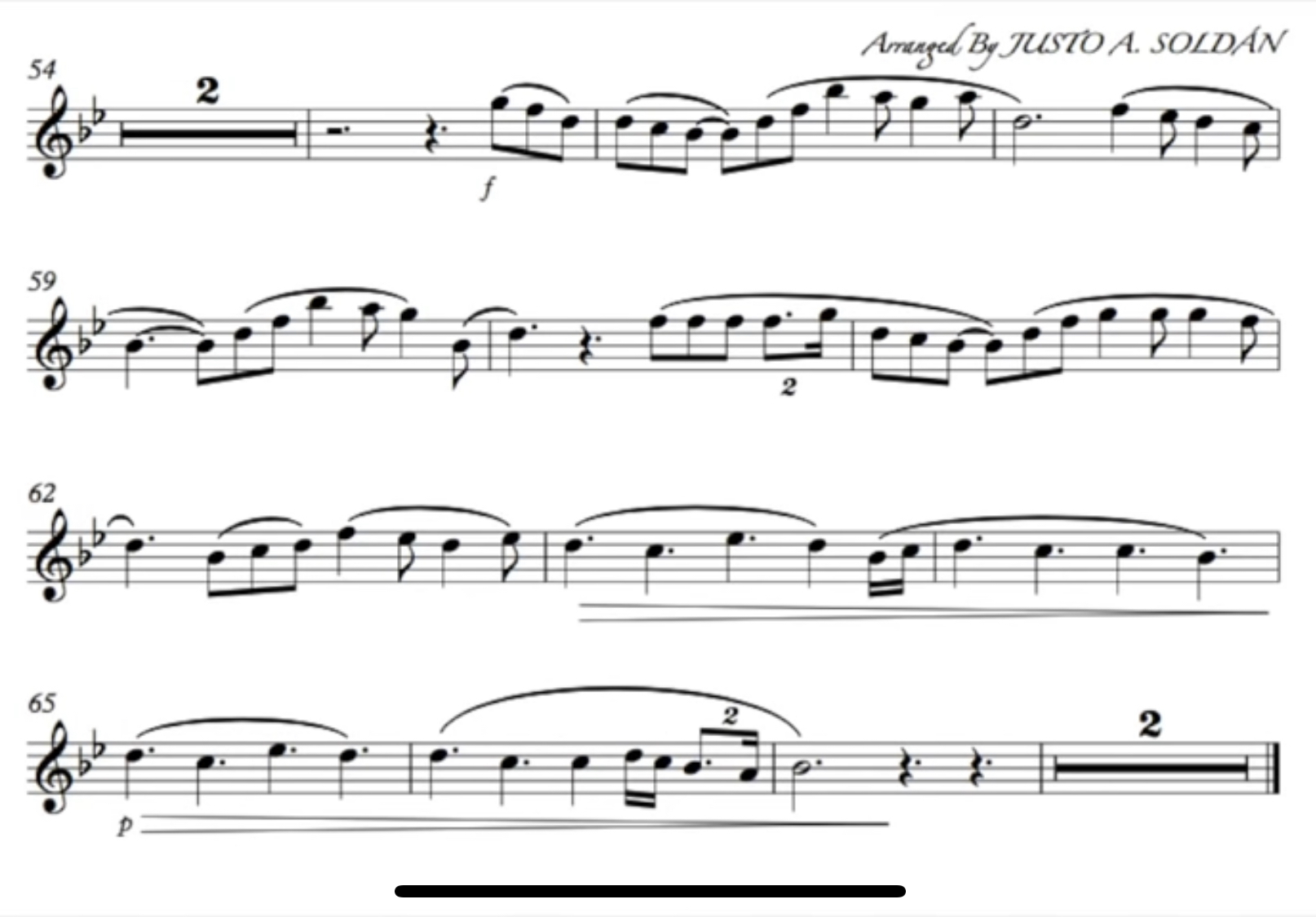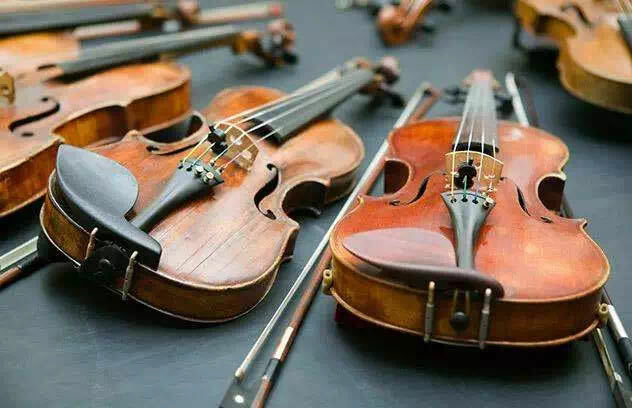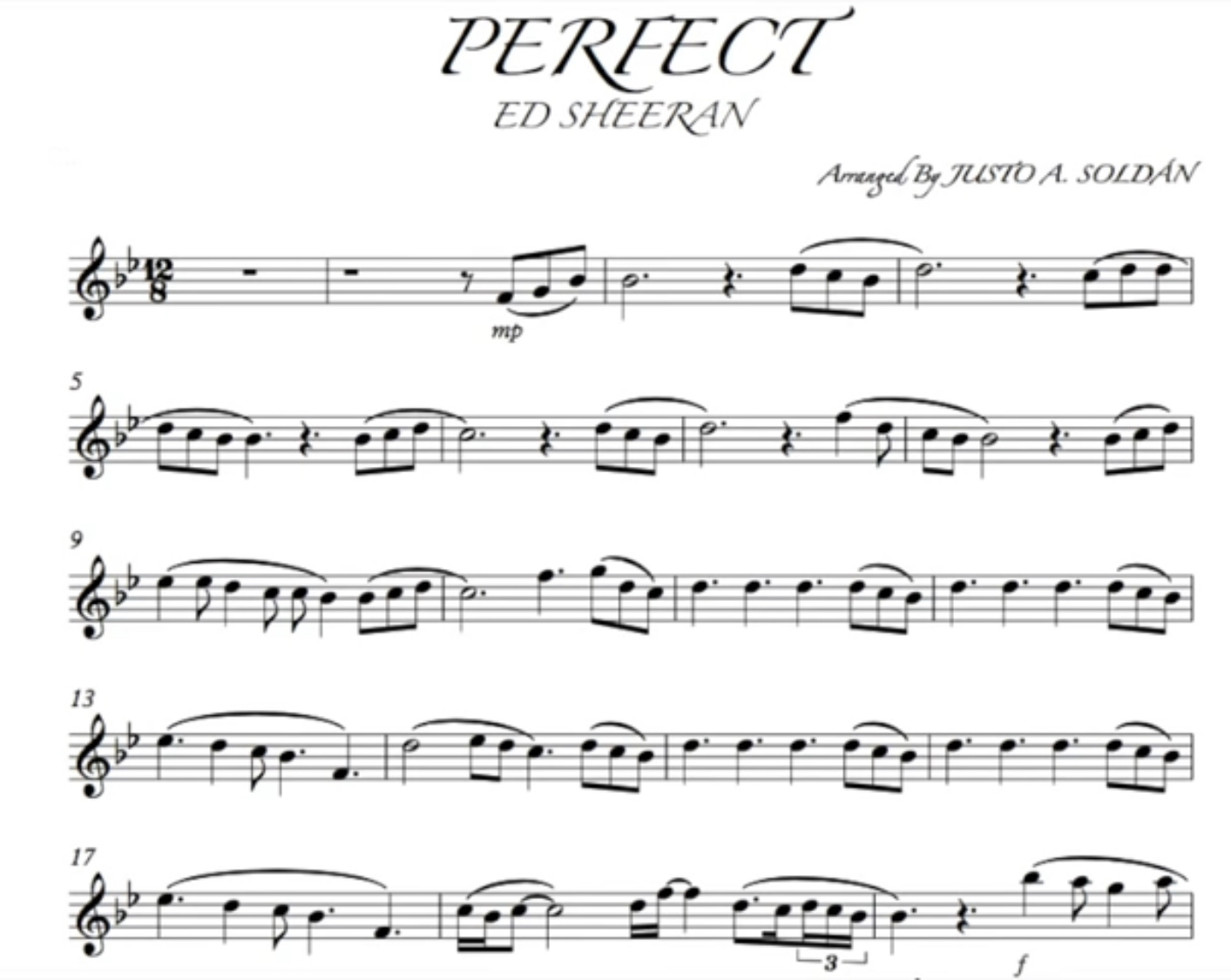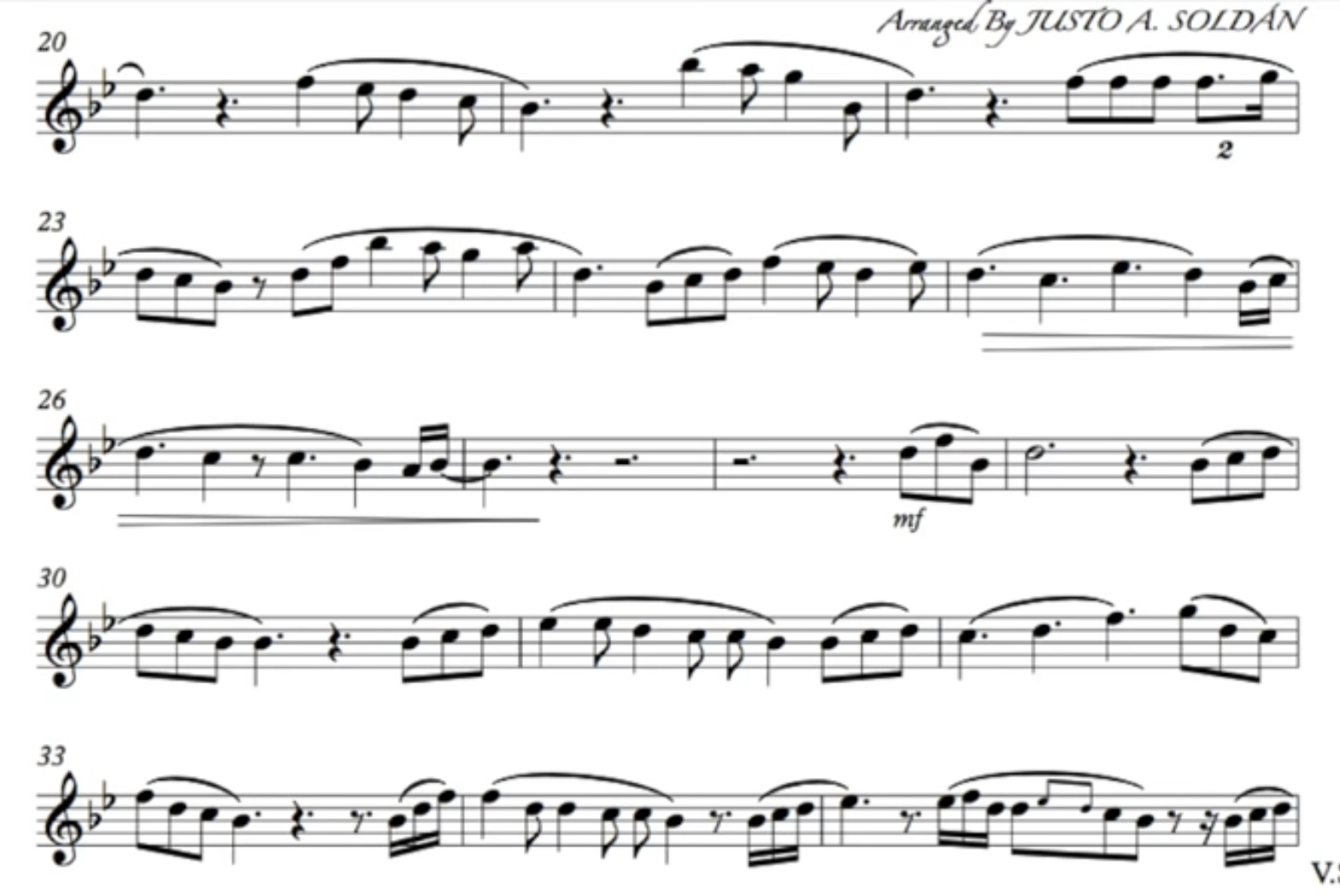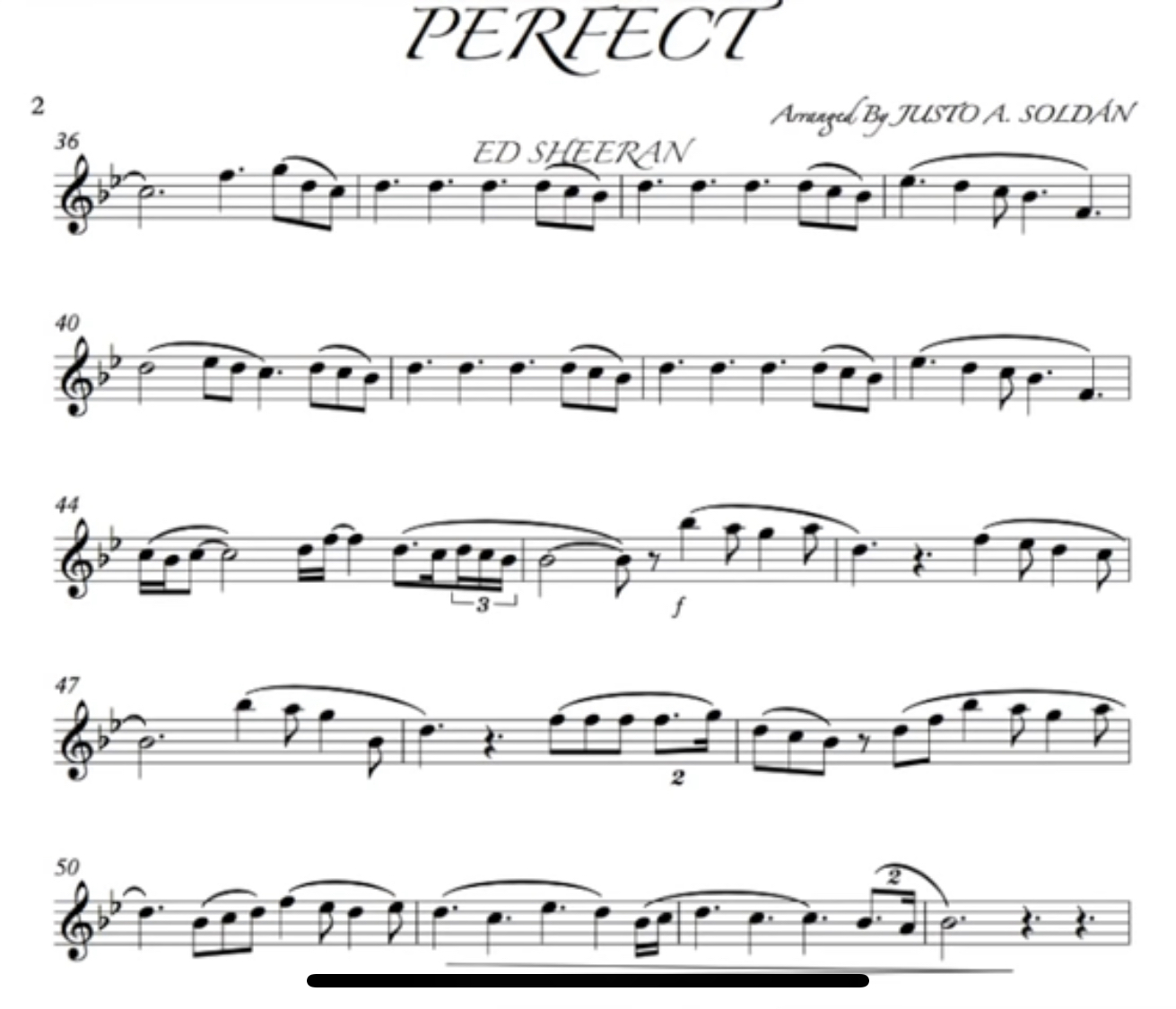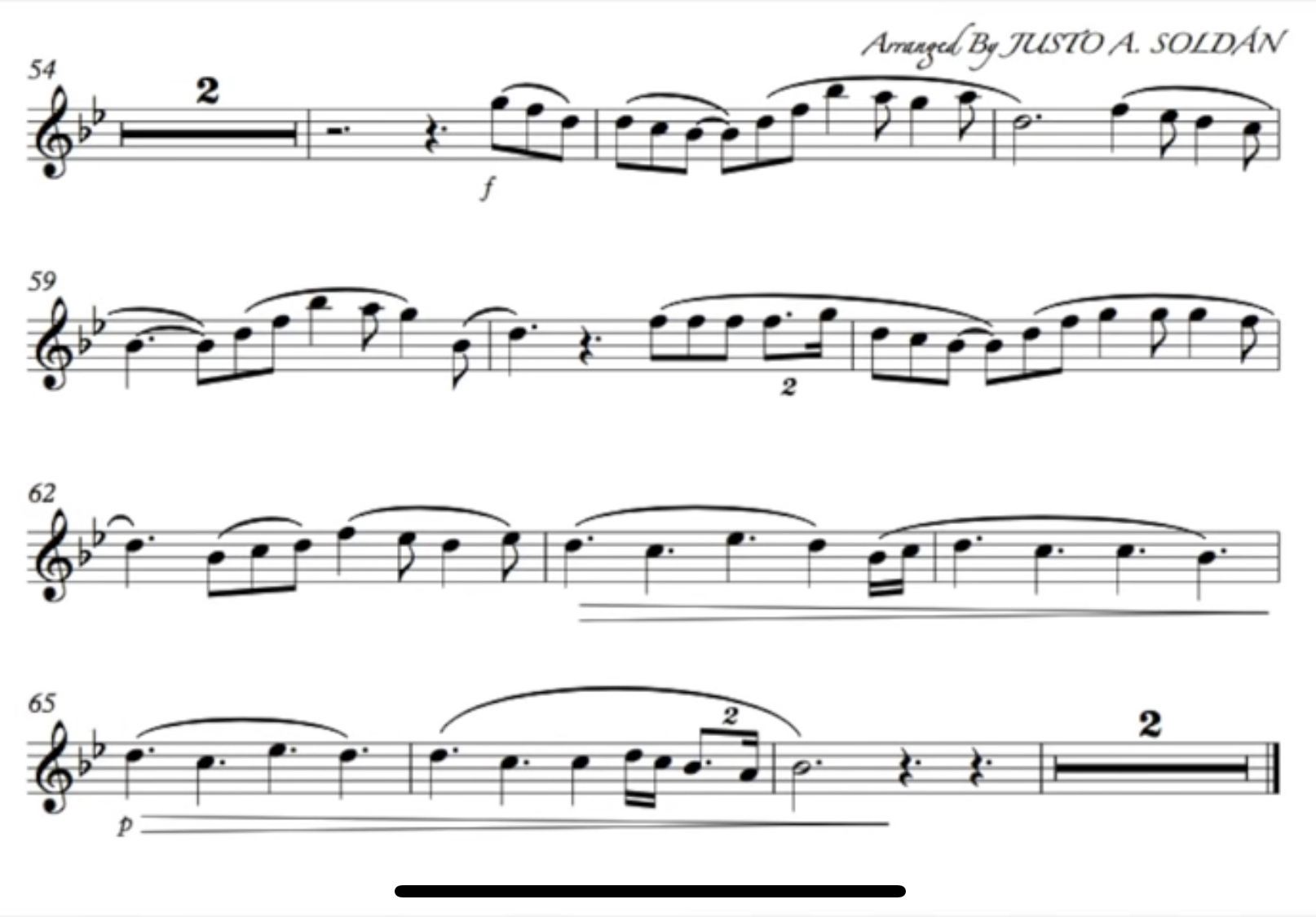Many friends who want to learn the violin will have a "dream love song" they want to play, or classical music, or modern pop music, but popular music instruments are often criticized and denied, and many professional classical violin players question It has the effect of improving the playing level of the violin instrument. But in fact, if you want to really play the melody well, you need a lot of basic skills, which can just stimulate learners' enthusiasm for basic skills and motivation to practice. Today we will talk about vibrato with the help of Ed sheeran's "perfect".
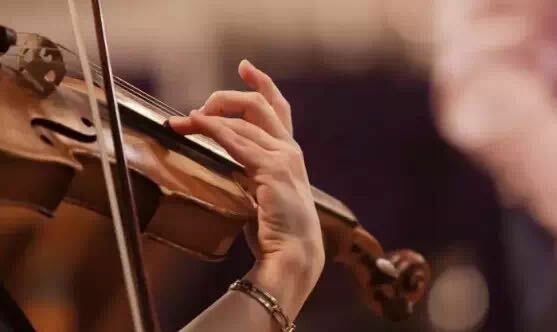
Want to get exclusive fingering, bowing and online one-on-one free instruction? Come and book a free violin trial lesson to help you quickly find practice methods! ! !
Then we can see that in the face of slow lyrical pieces, if there is no vibrato, it is just played dryly, unable to express the emotion of the song. At this time, we need to think about how to practice vibrato well? So next we have to systematically understand vibrato.
The word vibrato comes from the Italian word Vibrato, which means vibration. Vibrato is obtained by shaking the fingers of the left hand back and forth on the strings, which produces regular fluctuations in the pitch of the sound. It is one of the most expressive performance skills mastered by violin and other string instruments. With proper vibrato, the sound will be more vivid, and different ways of vibrato can show different styles and characteristics.
The violin can imitate the human voice in terms of sound, which is close to the human voice. Good use of vibrato will make the violin's tone more beautiful and touching. In the processing of music, only when we understand various types of vibrato and apply them in practice can we create infinite space and give more changes in color and emotion.
Types of vibrato
In terms of sound quality, vibrato strings can be divided into two types: one is strong and deep "rubber" strings, and the other is "soft" strings that play a decorative or finishing role on the surface.
The former mostly uses the back of the arm as the traction point of force, and moves regularly and measuredly. With the requirement of sound strength and the available length of bow, the amplitude and frequency of vibrato will change accordingly, "because sound has four properties: pitch, sound intensity, sound length and timbre, among them, the sound strength depends on the amplitude, and the sound High depends on the frequency." The latter is used for short notes, ending notes, or in dreamy sketches. It is a vibrato technique used to express a romance. The graceful technique of long sentences is also commonly used at the end of the pianist, and wrist vibrato shows its advantage at this time.
Vibrato can be divided into three types in terms of technique, namely wrist technique, finger technique and arm technique.
1. Wrist method: The wrist method mainly relies on the vibration of the wrist, which sounds euphemistic and pleasant. Generally, the wrist method is first learned for vibrato. In this method, the forearm does not move, and the wrist is used as the axis. The hand mainly swings back and forth, and the first joint of the finger moves slightly.
2. Fingering: Fingering and vibrato rely on the vibration of finger joints, which sounds soft and soft. This technique is mainly used on the high position of the violin, and the kneading effect is obtained by alternating the tight-loose-tight-loose fingers on the pressed notes.
3. Arm method: The last is the arm method and vibrato, which mainly relies on the vibration of the forearm and sounds full of enthusiasm. This technique is mainly based on the forearm swing back and forth, the wrist does not move, and the first joint of the finger moves slightly. "There is such a metaphor in the violin teaching method: the hand is like a tree, the nervous system is like the wind, the wrist vibrato is like a gentle breeze blowing the branches, the slight trembling of the fingers is like the breeze blowing the leaves, and the arm rubbing is like a strong wind blowing the trunk. It blows too."
How to learn vibrato
1. Wrist vibrato:
In this method, you can first put your arms on your thighs or on the back of a chair, then relax your wrists and shake them back and forth. After you get used to the movements freely, you can put them on the fingerboard for practice. We can get this action by placing the left hand in the fourth position, resting the wrist on the shoulder of the piano, and shaking the wrist back and forth.
At the same time, it should be noted that there must be a gap between the tiger's mouth and the neck of the piano, almost a space that can be inserted with a finger. When kneading the fingers back and forth on each sound position on the fingerboard, it is important to emphasize the movement of the wrist back, and then move forward and return to the original position. Don't just focus on kneading forward without leaning back. When the wrist is rubbed back and forth, it is the first joint of the finger that is driven, and the contact point of the finger cannot be shifted back and forth with the rubbing of the wrist. We start with wrist vibrato, we can start with the third finger, because the three-finger vibrato can make the movement more relaxed, and then learn the second finger and one finger. For most people, the four fingers are the most difficult to learn. The four fingers are not used as much as the three fingers, two fingers and one finger, so they are not as powerful as them. Therefore, you need to practice more four fingers. Close to the four fingers to help knead, this will make the effect of fluctuations more comfortable.
2. Finger vibrato:
The vibrato method of finger vibrato is usually only on the high position of the violin, and the vibrato effect is obtained by alternately tightening-loosening-re-tightening-releasing the fingers on the pressed phoneme. How should we learn finger vibrato? At first, practice slowly, rhythmically and regularly, preferably with a metronome if available. The fingers lie down toward the piano head first, and then stand up again. Count like this, and slowly form sound waves like this. After each finger is practiced proficiently, you can gradually increase the speed, starting from two strokes with one bow, and slowly increase to three, five, and seven strokes.
3. Arm vibrato:
Of course, this vibrato method mainly relies on the arm, and the first joint of the finger moves slightly. During practice, the third finger of the left hand can be pressed on the position of the A string re in the first position, the head of the piano is placed on a fixed object (such as a wall), and the thumb is supported on the neck. Bring the three fingers toward the headstock with strength until the fingers are basically lying on the A string. At this time, the belly of the fingers should be pressed on the position of the lower re; then use the strength of the lower arm to bring the three fingers toward yourself. , until the fingers are upright, at this time the fingers are pressed to the position of re again, and practice from slow to fast in this way until the arm vibrato is fully mastered. In addition, when we practice arm vibrato, we can also use the strength of the forearm to move the left hand back and forth from the first to the third position. It should be noted that the thumb and index finger should not grasp the neck of the violin, in other words, it is necessary to relax. Some.
The above are three kinds of vibrato: wrist method, finger method and arm method. No matter what kind of vibrato, the thumb should be relaxed and the posture should be correct. Each finger that presses the string should not use too much force when pressing the string, otherwise it will affect the tone of the vibrato. Only when the entire left hand and arm are relaxed can there be a soft and light feeling.
